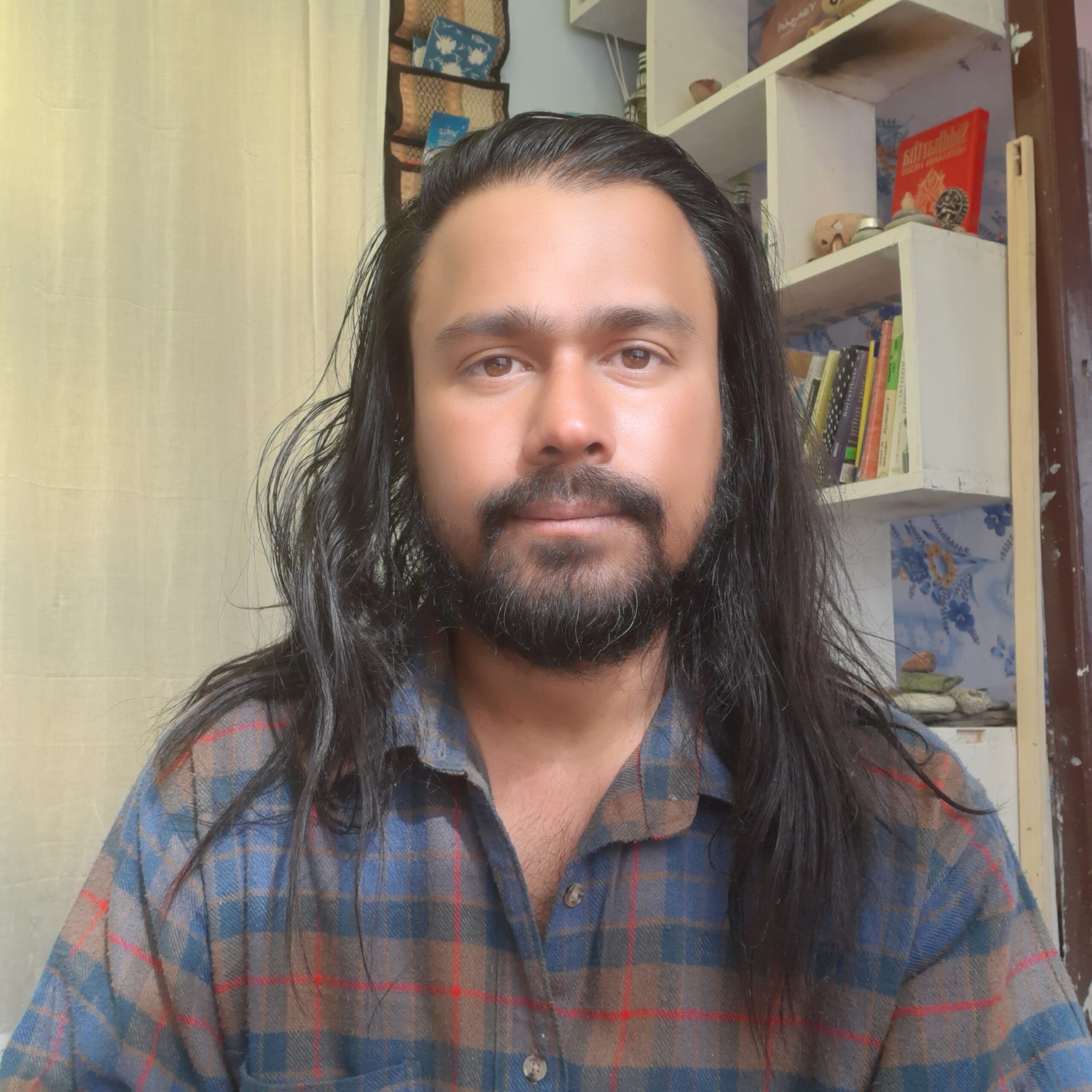From the Land of Apricots

Every individual has a unique story waiting to be heard. Imagine being voiceless yet having a profound message to share—every moment of your existence would weave into a compelling narrative. Trees converse in a universal language that all living beings comprehend, inviting us to share our stories and listen deeply to the narratives around us, whether voiced by people or whispered by nature.
As it evolved, this project, “The Land of Apricots”, became something I hadn’t originally envisioned. The concept of connecting trees with humans seemed abstract initially, but it is prevalent in many cultures and communities, especially in remote areas where people live in close harmony with nature. My journey began almost five years ago when I moved to Ladakh to document life in bordering villages. My initial focus was on capturing the daily lives of these communities, particularly in the village of Dah, near the Kargil border, where the indigenous Dard tribe resides. Living alongside them, I witnessed not just the seasons change but also the apricot trees evolve, symbolizing the passage of time and the cycle of life. This experience deepened my understanding of the intrinsic connection between humans and nature, like the profound yet silent communication of trees that transcends visible barriers.
This ongoing project delves into this region’s intricate relationship between humans and apricot trees. It seeks to share stories of coexistence and interdependence between people and the trees, as told through the stages of the lifecycle of apricot trees.



In a remote village in Kargil, also home to the last remaining people of the Dard community, two sisters live in a self-contained existence, together alone, tending to their apricot orchards. After the harsh winter months, when the trees awaken with their blossoms, generations-old traditional costumes are brought out of metal boxes and exposed to spring’s fresh air and scents. The locals wear these costumes to celebrate the festival for welcoming the spring and these precious blossoms heralding the season. This day is markedly different from usual, where the sisters often find solace in solitude. On this day, Samsket, the older of the sisters, wakes up early to braid her sister’s hair. It is a sacred ritual that has been a part of their cultural identity for generations.
Located across the sisters’ village is another remote village, Turtuk, in Baltistan, the northernmost reaches of Ladakh. On a cold December night in 1971, the residents of Turtuk went to sleep in Baltistan, Pakistan, only to awaken as citizens of India, their identities profoundly altered by the politics of separation.
Despite being geographically separated from their families across the border, the Balti community has remained united thanks to their rich literature, culture, and connection with apricots, an essential part of their lives.


The link between these villages extends beyond their geographical proximity, tracing back to the inter-regional trade that flourished between the 1930s and 1950s—this period marked a vibrant era of commerce within Ladakh before geopolitical shifts in the 1950s closed the borders with China and Tibet, severely impacting trade routes. Central to this trade were dried apricots, a staple commodity from Kargil and Baltistan.
My research, including recent findings, underscores the significance of dried apricots in the region’s trade practices. These fruits, particularly the premium quality apricots known locally as “Phading”, played a pivotal role in bartering for goods like dairy, wool, and pashmina, essential to the communities living in the southeastern and western parts of Ladakh and West Tibet. The Balti and Dard communities, residing in Turtuk and near Kargil, respectively, are renowned for cultivating these high-quality apricots. They would transport them on donkeys to trade with the Changpa and other nomadic tribes in treeless, high-altitude plateaus, exchanging them for wool, pashmina, salt, and other necessities.
Moreover, the cultural significance of apricots extends into local traditions, such as in the Balti culture during Eid. A unique tradition in Tuttuk involves the preparation of “Phading Chu,” a paste made from boiling premium apricots. On Eid, following Ramadan, this apricot paste is distributed by the Maulvi to children, who bring it home as a cherished element of the festival. It becomes a centrepiece in the Eid feast, symbolizing the region’s communal sharing and cultural identity. This practice, specific to the Balti culture, showcases how apricots are not just a trade commodity but a vital part of cultural celebrations, setting this region apart.










